New tool may speed up drugs to ease need for sameness in autism
Using a new task to test resistance to change in autism, we are developing leads for treatments for this troublesome trait.
Expert opinions on trends and controversies in autism research.

Using a new task to test resistance to change in autism, we are developing leads for treatments for this troublesome trait.
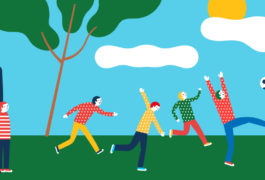
In a new program, teachers recruit typical students to help children with autism play during recess.
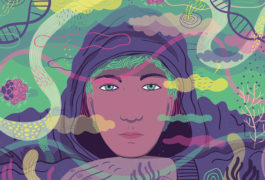
Examining the teenage years presents a major opportunity for understanding and treating autism.

A project in Scotland dramatically increased the accuracy of autism diagnosis and cut waiting times in half.

Even a brief shutdown of the government can dramatically affect the process of conducting science and the support for young scientists.
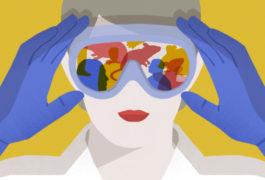
A dearth of funding hobbles autism researchers’ ability to do what we can truly call translational science.

Innovative approaches that reflect changes in social expectations can help girls with autism form rewarding relationships with their peers.

The foster care system is becoming a critical component of care for children with autism.
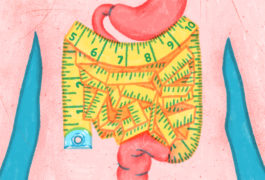
Experts from various fields should work with parents to develop a standardized questionnaire for gut problems in people with autism.
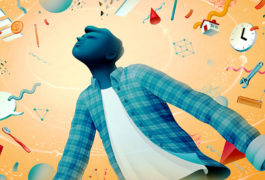
Measures of adaptive functioning may better assess the ability of autistic people to meet daily demands than do intelligence tests.






